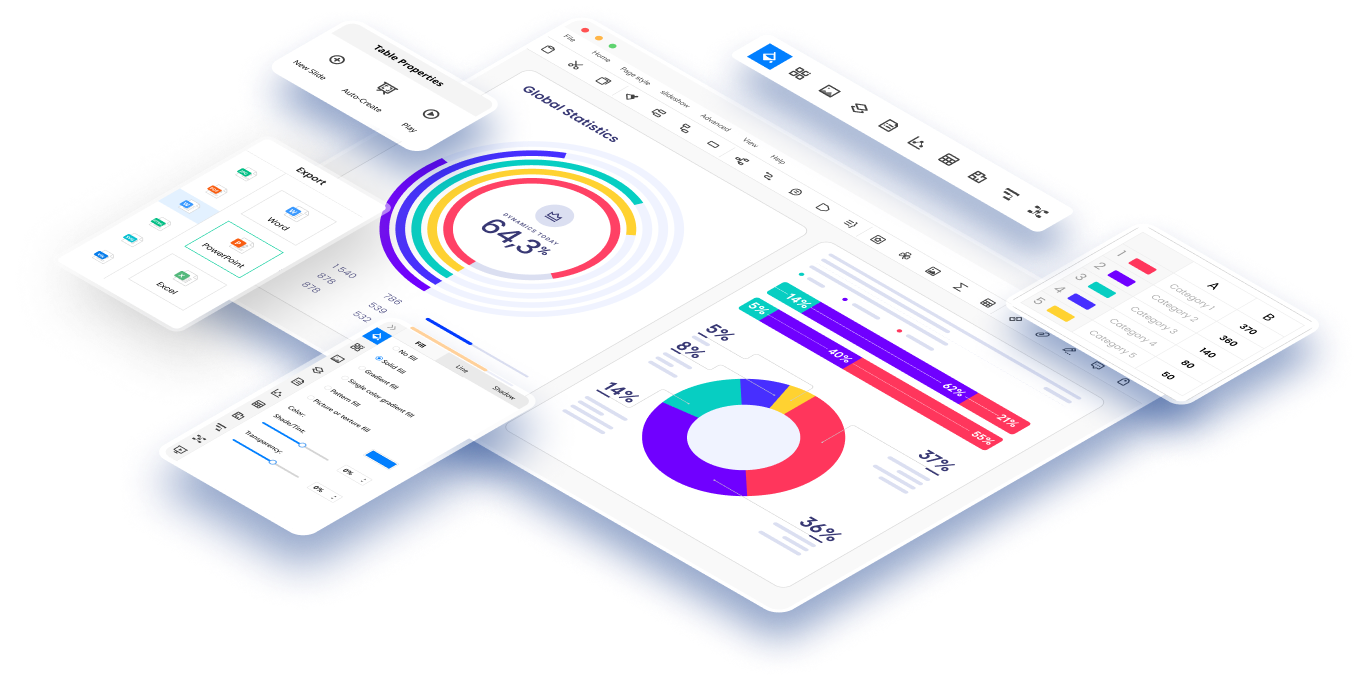Risk-based approaches offer numerous benefits, including enhanced efficiency, improved decision-making, proactive risk management, and a competitive advantage. These approaches are applicable across various industries, allowing organizations to prioritize resources, and make informed decisions among other things. By embracing risk based thinking, organizations can thrive in a competitive market.
In this article
Part 1. Understanding the Concept of Risk-Based Approaches
To comprehend risk-based approaches fully, it is imperative to deconstruct their underlying principles. At its core, a risk-based approach involves assessing potential risks, evaluating their likelihood and impact, and devising strategic plans to mitigate or manage them.
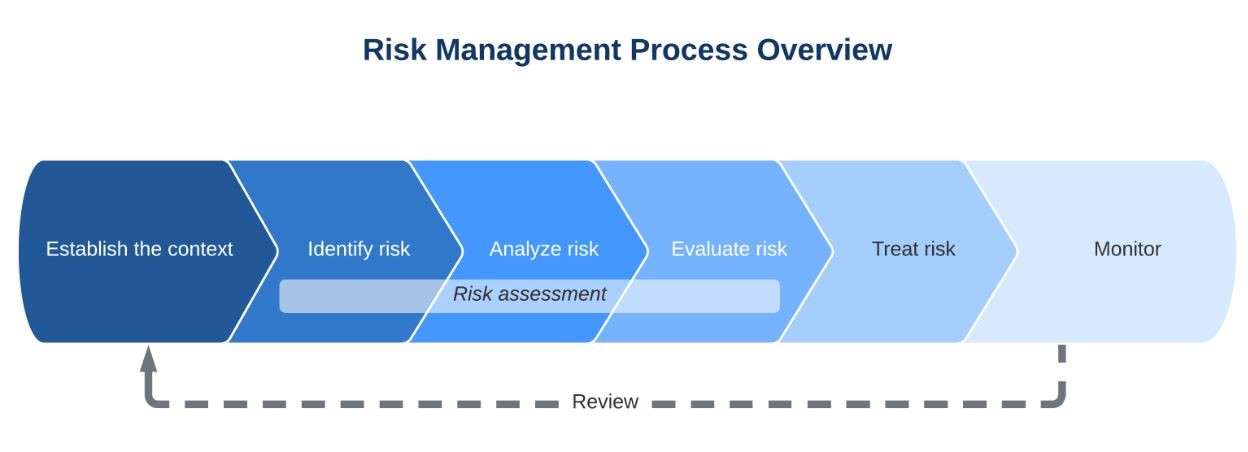
By shifting from a purely reactive model to a more proactive one, organizations can prioritize their efforts and allocate resources efficiently. Understanding this fundamental concept forms the basis for harnessing the full potential of risk based vulnerability management.
Part 2. Benefits and Advantages of Risk-Based Approaches
The benefits of risk based decision making are aplenty. By taking risk-based approaches, companies can reduce the chances of getting impacted by various risks. This helps them to thrive in the competitive market.
1. Enhanced efficiency: Risk-based approaches prioritize high-risk areas, optimizing resource allocation, reducing unnecessary costs, and risk based quality management.
2. Improved decision-making: Systematic identification and analysis of risks enable informed decision-making with a clear understanding of potential consequences.
3. Proactive risk management: Risk-based approaches empower organizations to be proactive, with pre-established strategies to mitigate or respond to potential risks.
4. Competitive advantage: Embracing risk-based approaches demonstrates commitment to risk management, and building trust.
Part 3. Application of Risk-Based Approaches in Various Industries
Risk based thinking ISO 9001 is applied to all types of industries. Every kind of industry needs to avoid risks of all kinds. This helps them to sustain in the long run.
1. Healthcare: Risk-based approaches have been applied to prioritize limited resources, such as hospital beds and medical supplies, during emergencies, improving the overall response to crises.
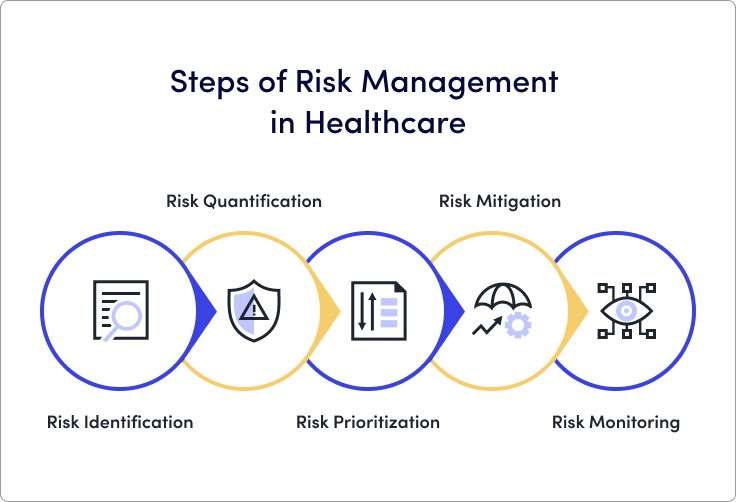
2. Finance: Financial institutions utilize risk-based approaches to assess the creditworthiness of borrowers and determine appropriate interest rates, resulting in more accurate lending decisions.
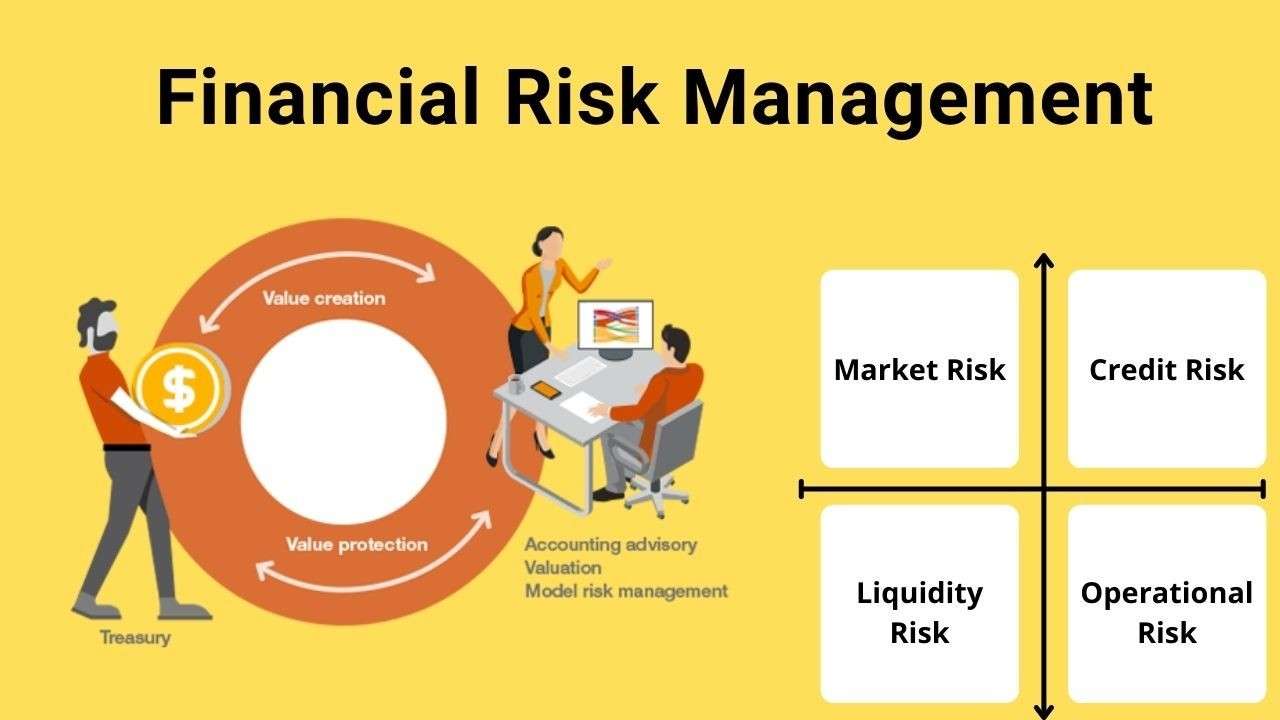
3. Aviation: Risk-based approaches are employed in assessing and mitigating potential safety hazards, ensuring the safety of passengers and crew.

4. Environmental management: By adopting risk-based approaches, organizations can identify and prioritize environmental risks, such as pollution or climate change, and allocate resources accordingly for mitigation measures.

Part4. Challenges and Limitations of Risk-Based Approaches
While risk based assessment offer numerous advantages, they also face certain challenges and limitations. Industries of all kinds need effective strategies to get over these limitations.
1. Uncertainty: Predicting and quantifying risks accurately can be challenging due to data availability, quality, and interpretation uncertainties.
2. Subjectivity: The perception and assessment of risks may vary across individuals and organizations, leading to potential discrepancies in implementing risk-based approaches.
3. Overreliance on historical data: Risk-based approaches heavily depend on historical data, which may not always account for emerging risks or black swan events.
4. Resource constraints: Allocating sufficient resources to identify, assess, and manage risks can pose a significant challenge.
Part 5. EdrawMax for Creating Risk Management Charts
Users of Wondershare EdrawMax may easily generate effective risk management and risk based analysis charts. Users can swiftly evaluate and assess possible risks because of the tool's user-friendly interface and large library of pre-designed templates. Follow these steps to create a risk management chart using the tool:
Step 1: Log in to Wondershare EdrawMax with the correct account credentials. This will allow you to access all the features available for risk management.
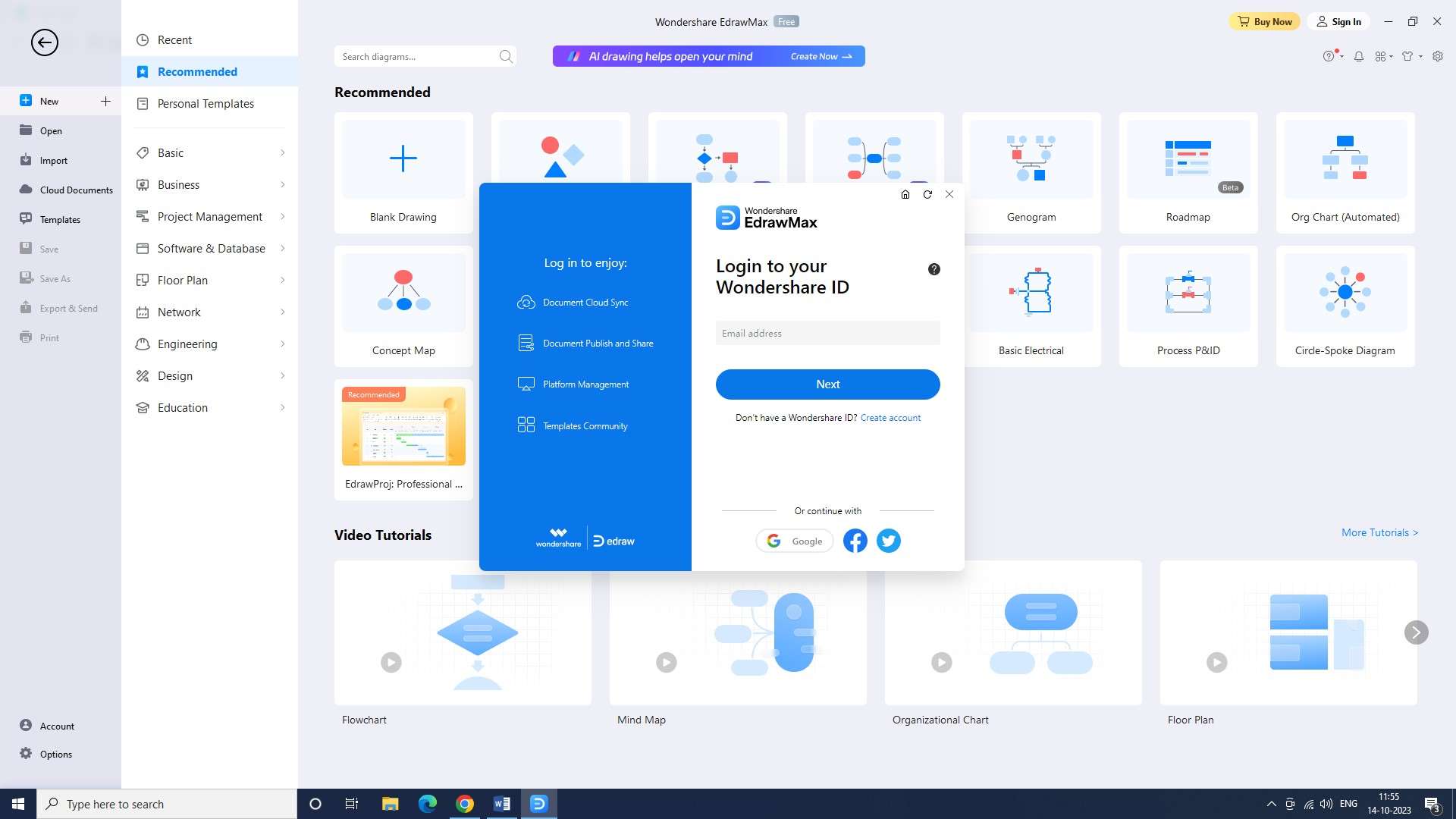
Step 2: After logging in, you have to create a new document. Click on the "New" button located in the top left corner of the interface to create a new document.
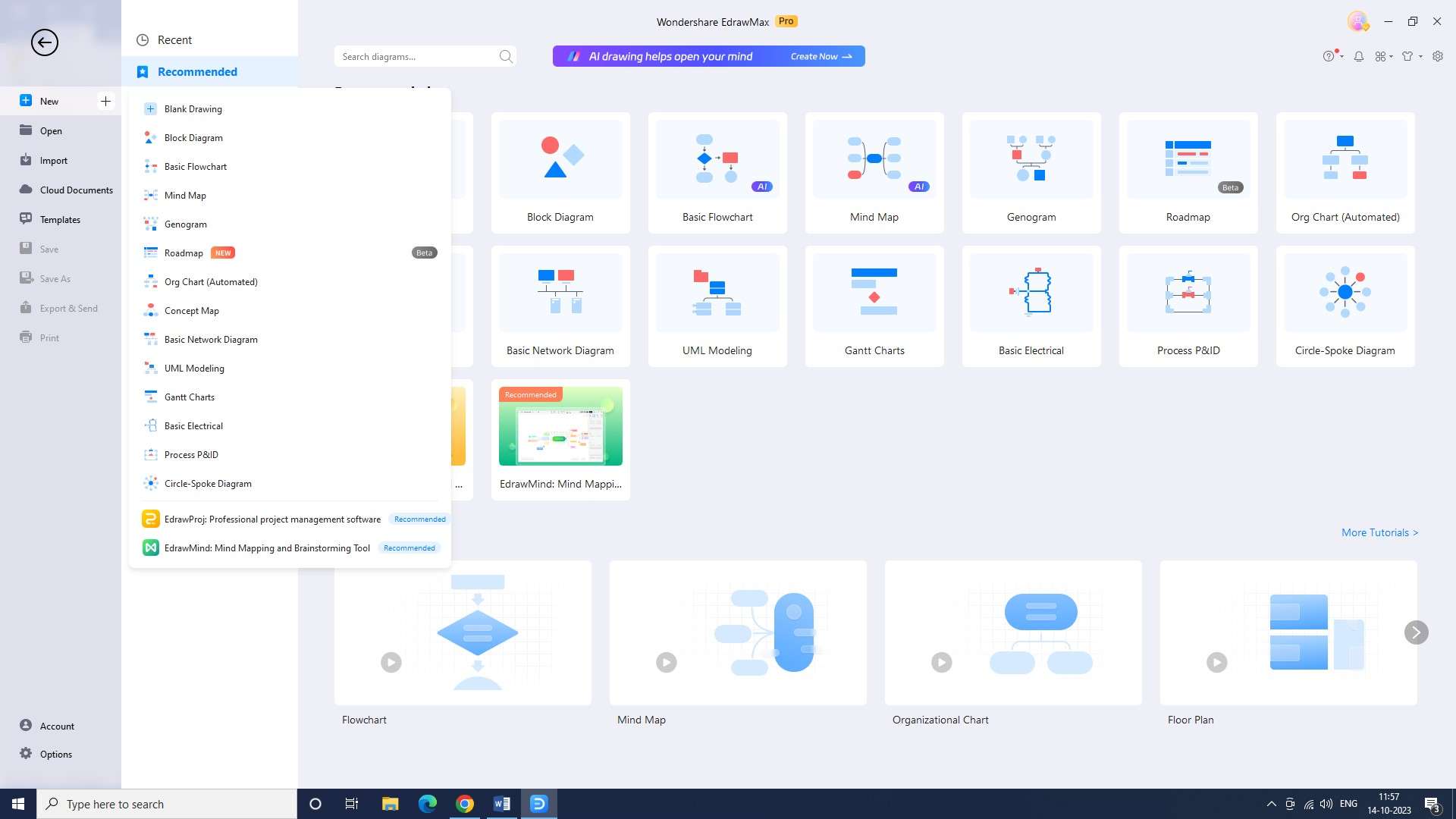
Step 3: Select the risk management chart template from the tool’s extensive collection of templates. It will ensure that you have a pre-designed framework for organizing and analyzing risks.

Step 4: Insert the project information into the template. Add details such as the project name, start and end dates, scope of the project, and other relevant details.
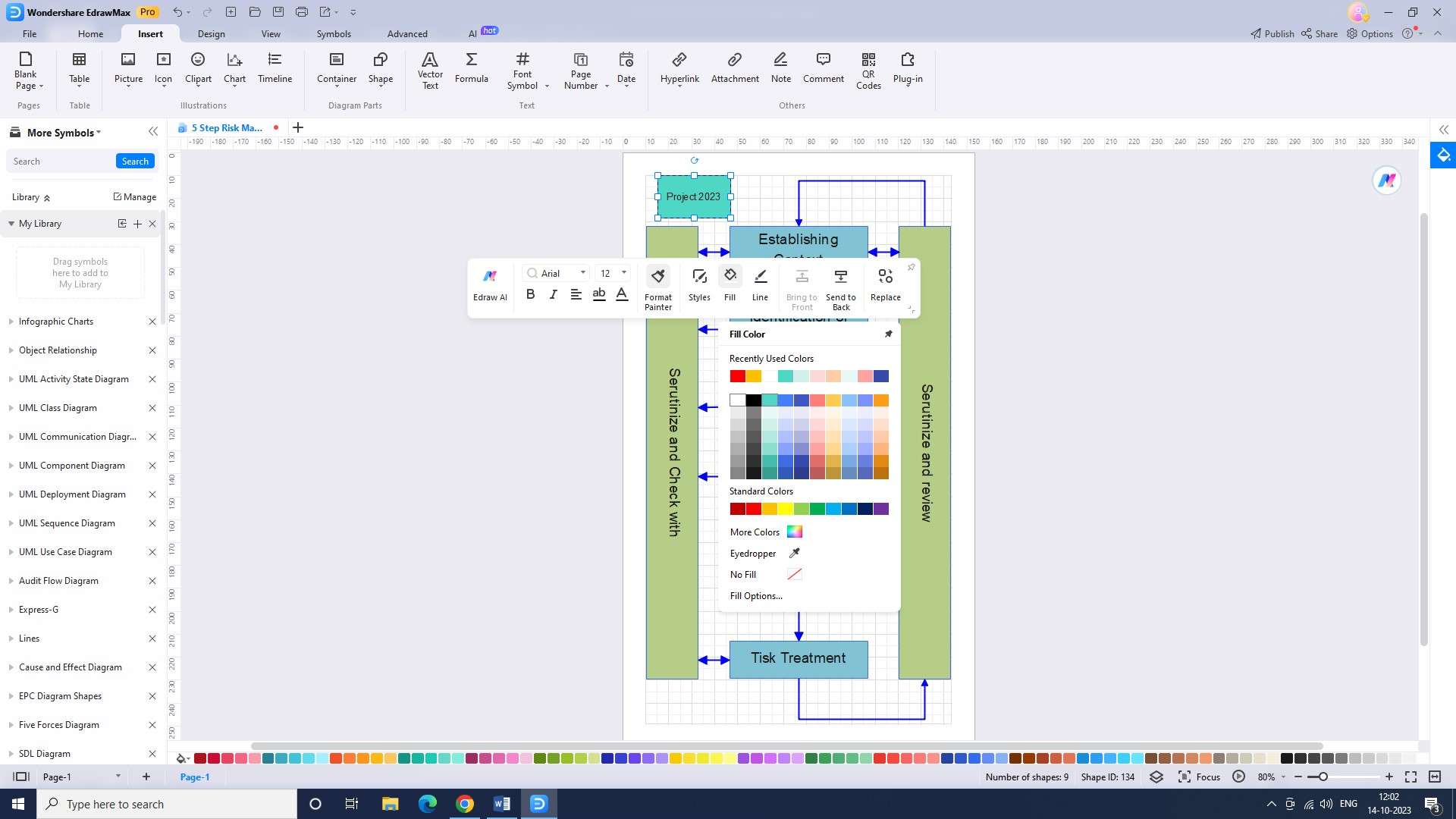
Step 5: Identify the potential risks associated with the project and list them in the template. This will make sure that all possible risks are considered and documented for comprehensive risk analysis.
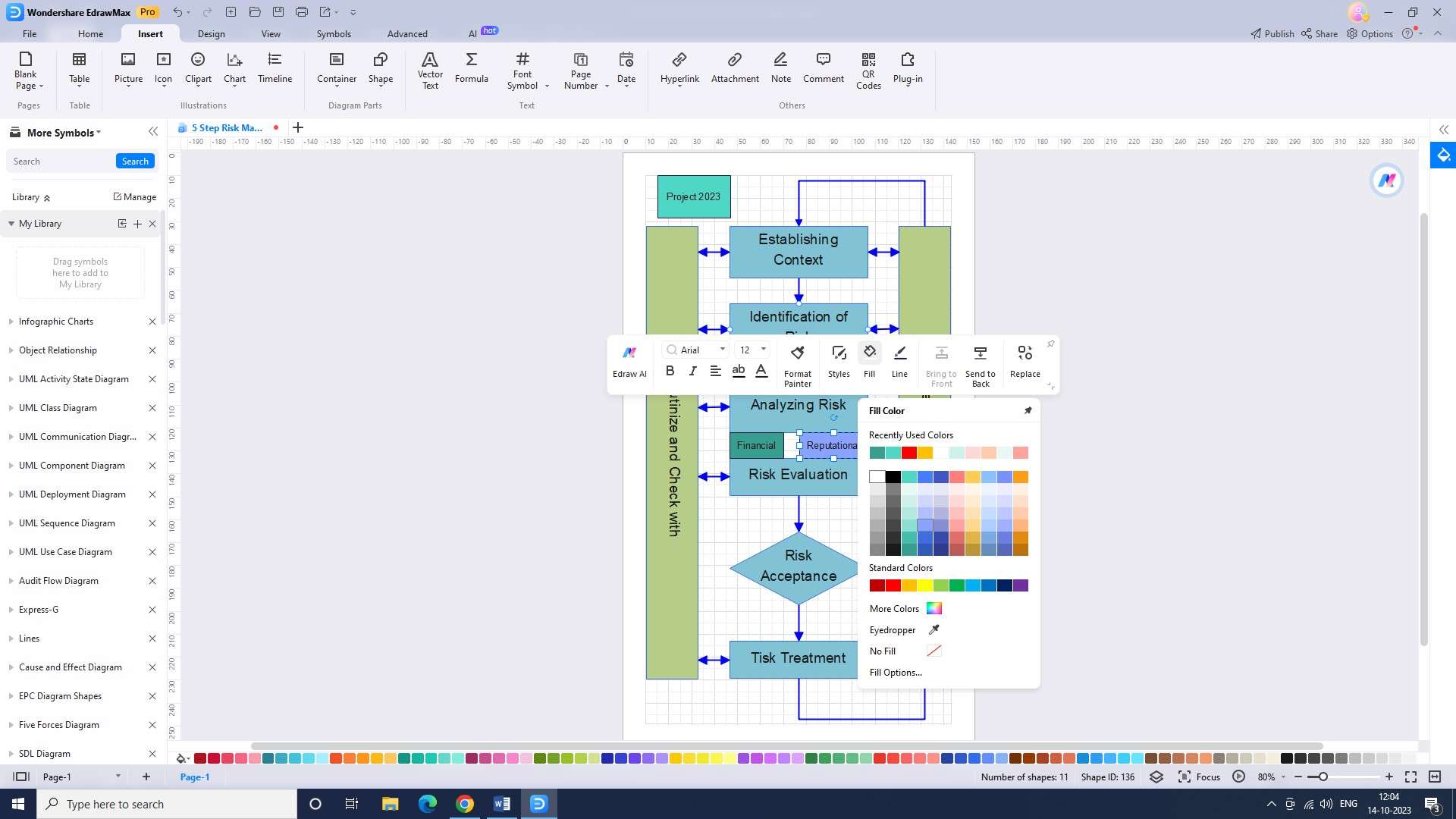
Step 6: Assign a risk level to each risk, such as low, medium, or high, to prioritize and address them accordingly based on their potential impact and likelihood of occurrence.
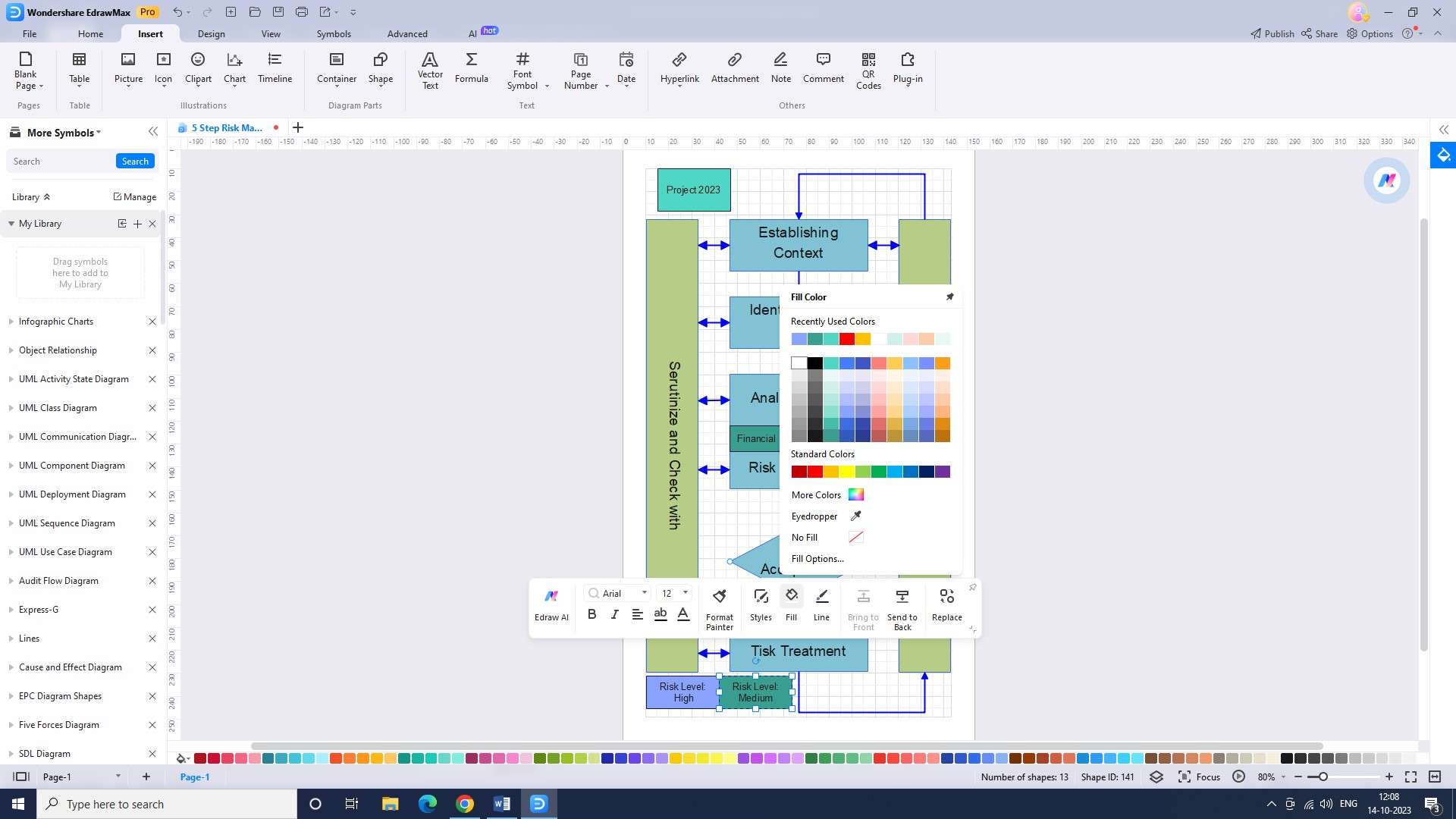
Step 7: Save the chart in a preferred format, such as PDF, Word, or JPEG. This will allow for compatibility and easy sharing with stakeholders or team members involved in the project.
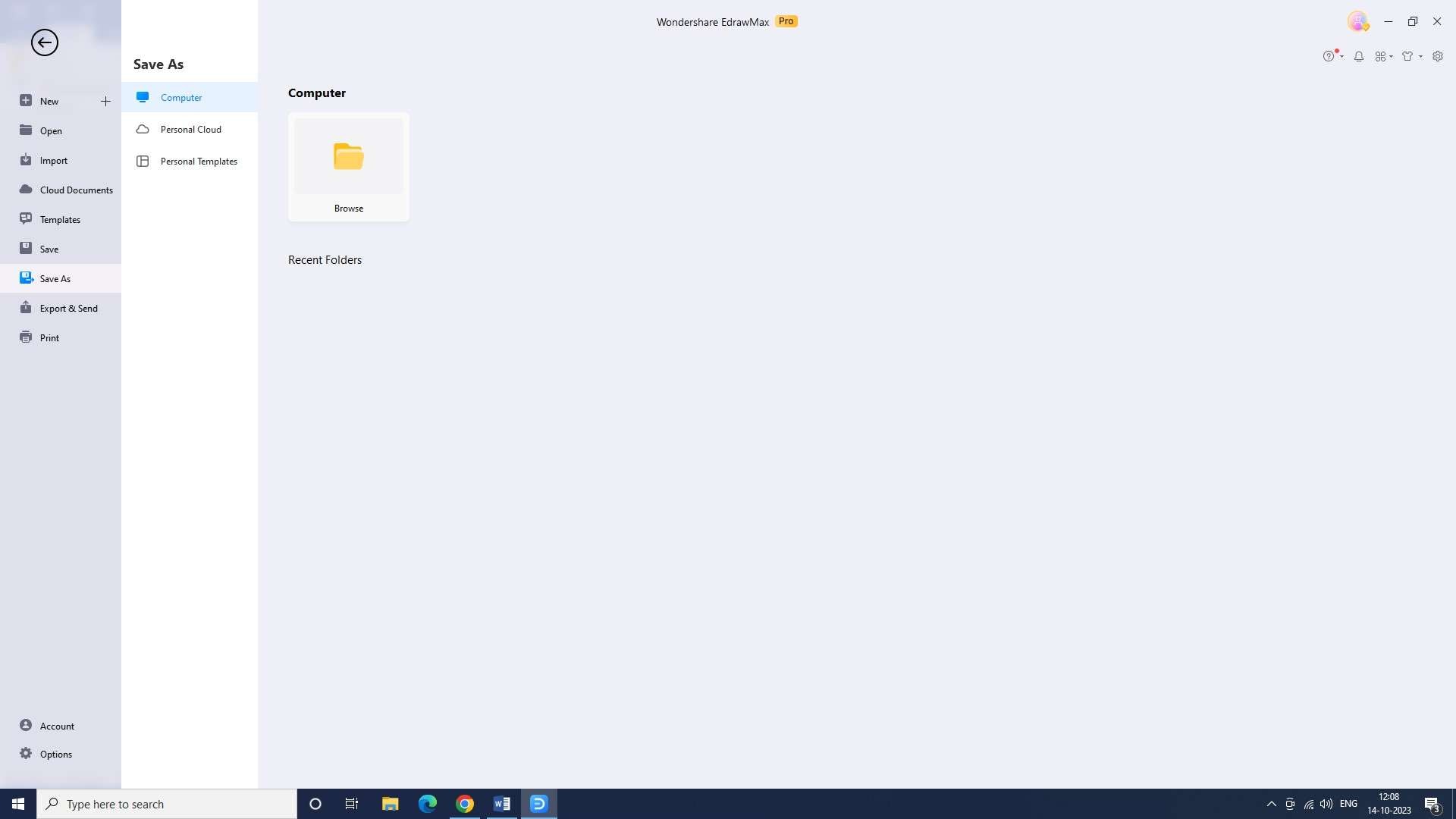
Step 8: Export the risk based management chart to the desired location, such as your computer's hard drive or cloud storage, for easy access and reference throughout the project lifecycle.
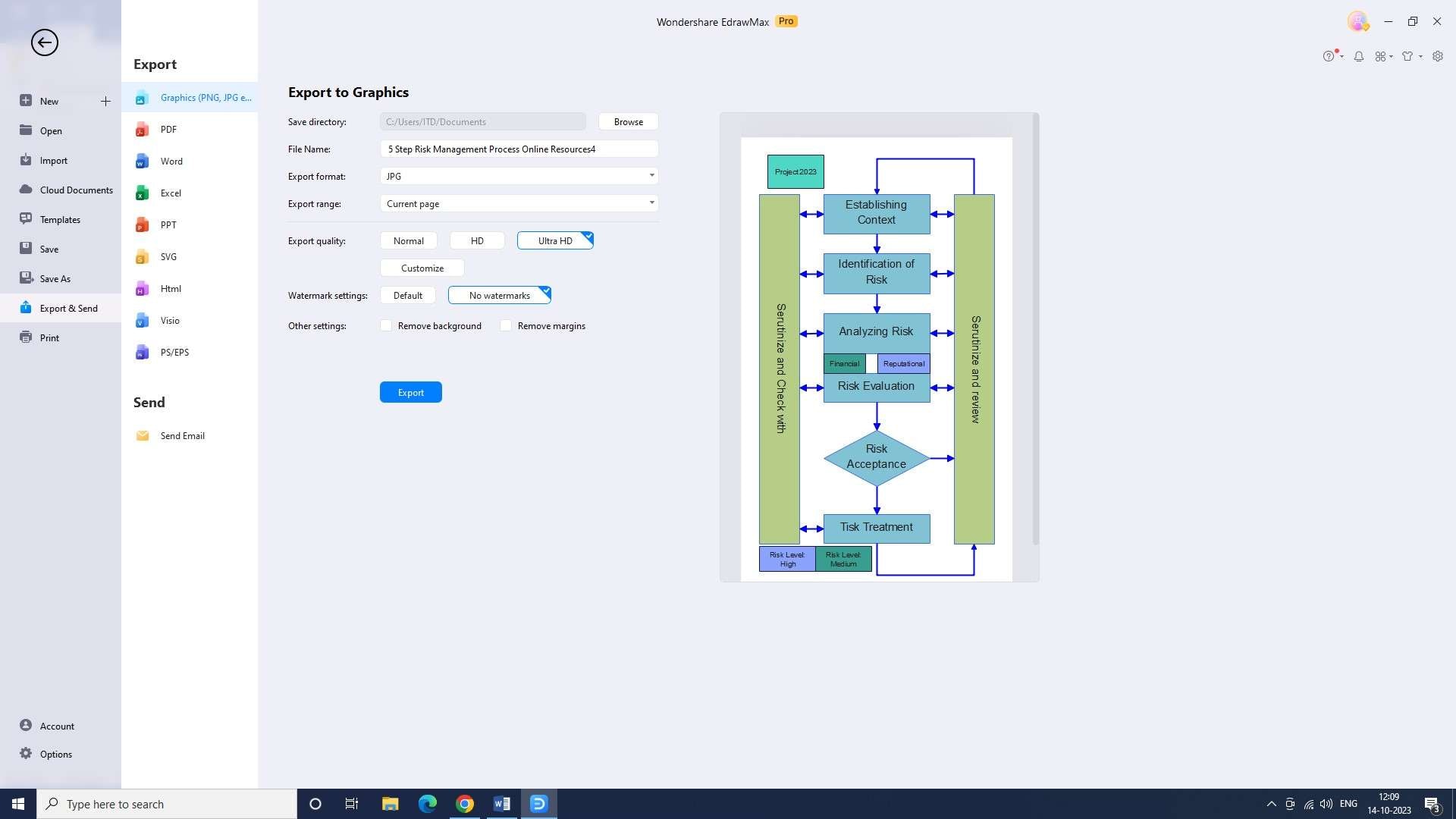
Conclusion
Risk-based approaches involve assessing and managing potential risks by evaluating their likelihood and impact. By adopting proactive strategies, organizations can prioritize efforts, allocate resources efficiently, and reduce the chances of being impacted by various risks. This article explores the benefits of risk based process safety and their applications in industries such as healthcare, finance, aviation, and environmental management.

